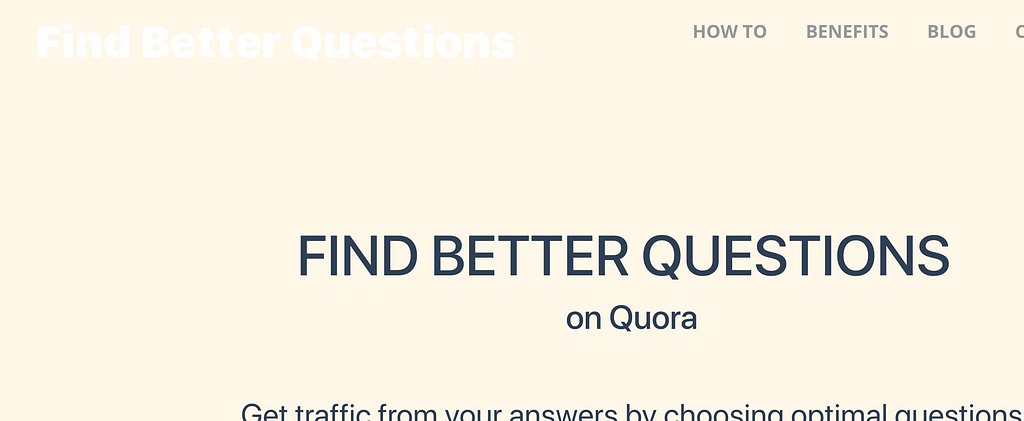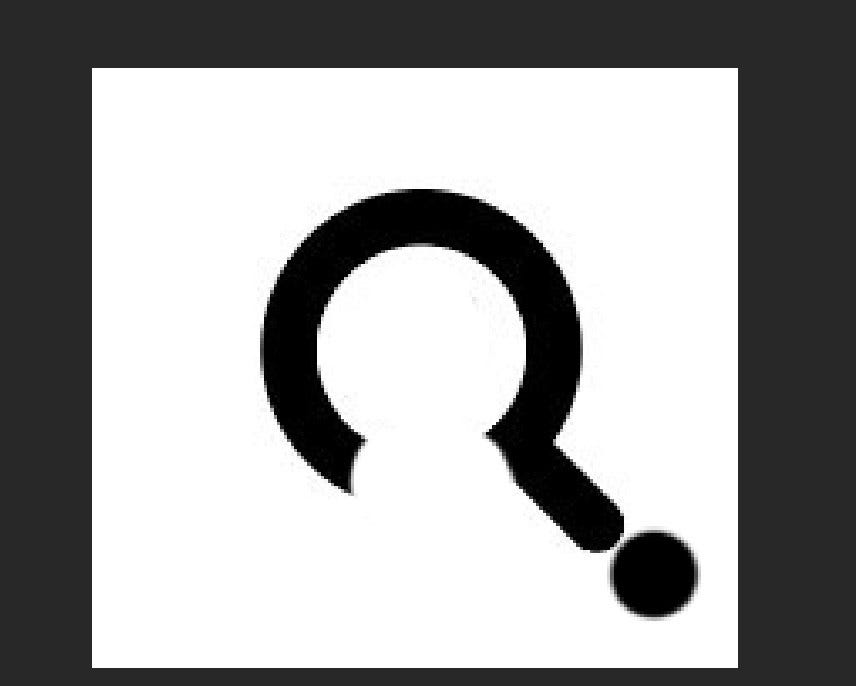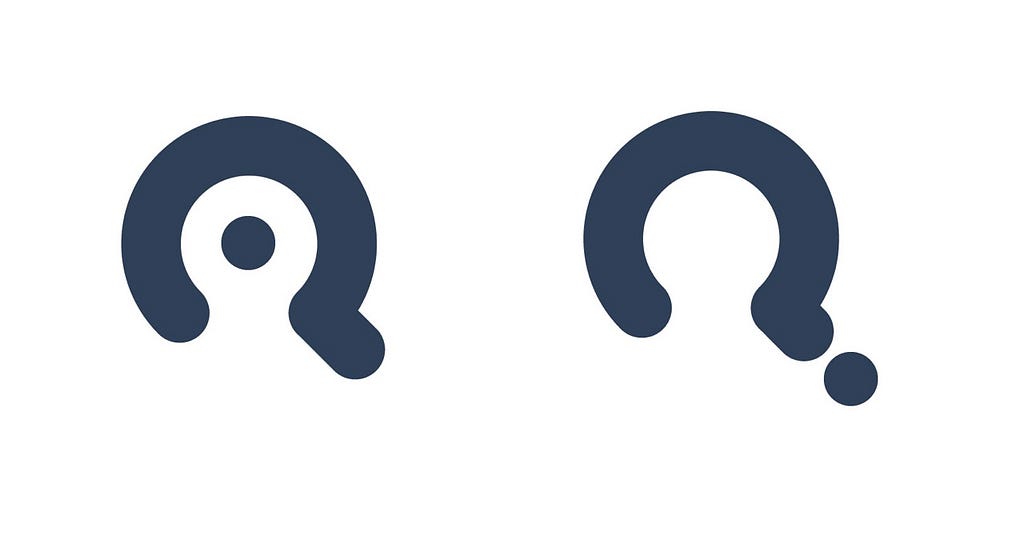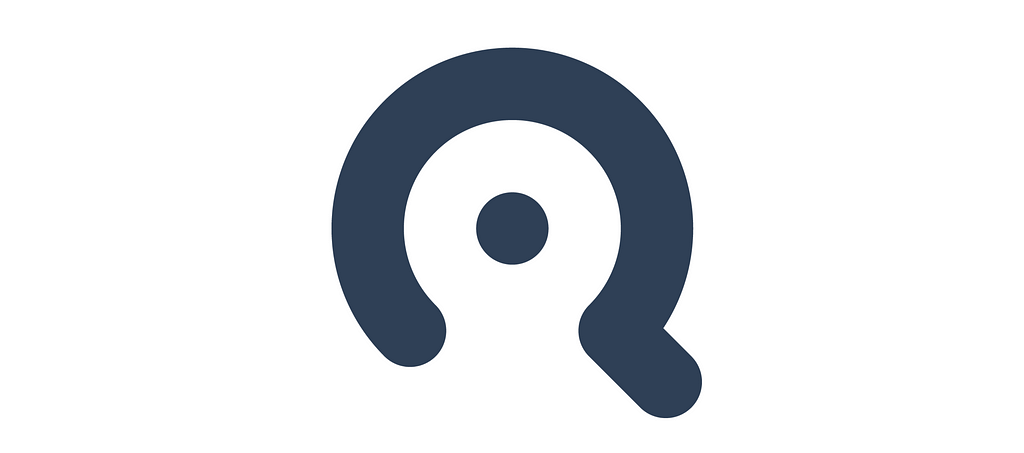Latest news about Bitcoin and all cryptocurrencies. Your daily crypto news habit.
When I started my SaaS, I got most of my motivation from writing this 30 day challenge. But I stopped writing about the progress afterwards. Thinking about why I stopped and what I could have written about, I came to the conclusion that I should probably start writing again.
Why I stopped
The problem with my MVP in 30 days articles was that I just didn’t have a lot to tell on some days. Other days were great, but on average it didn’t feel like super high quality content and I wasn’t sure whether I would suggest anyone to read every article.
What I’ll do now
To tackle this problem, I will now write about my project on a weekly basis. This will not only allow me to always write about something at least a little exciting, it will also present the opportunity to reflect on the past week and better convey how you might be able to implement the tactics I used.
What the Last Couple of Months Were Like
There are so many things I would have totally written about if I continued my daily journey, but didn’t:
- The Logo
- Smart Marketing Stack
- My Soft-Launch
- My Marketing Activities
- Stats (users, web analytics, emails, …)
The Logo
For the first landing page, I used a word mark. A white version of it has been sitting on a yellow background for a couple of months now. I’ll start tackling the landing page next week.
That logo was kind of okay, but I needed something more squarish for the icon. Find Better Questions is a desktop app, so there’s no chance I can’t have a proper icon.The first idea I had for Find Better Questions was a magnifying glass magnifying a question mark, finding better questions.
That looked super boring and is way too complex for a favicon (which this icon is also used for). I thankfully sent my idea to Timo (his website says coming soon for more than two years now. Why do I even link to it?). He came up with a brilliant design:
He combined the question mark and the magnifying glass. Almost finished. Just wasn’t square enough, so I moved the dot to the middle.
That’s the final one:
Segment is too expensive
Even before I started, I knew that all marketing analytics tools would have to be linked together to all my sources like the website and the app. Segment is an amazing tool that let’s you integrate 200+ tools with almost zero config. The problem: Once you want to track more than 1000 users, it becomes really expensive. 1000 users sound like a whole lot, but attracting 1000 visitors to your website isn’t too hard. Also, Segment doesn’t integrate with every tool, so it wasn’t really an option for me.

So, I needed a different way to integrate my marketing stack, but what needs integration?
- App — Front End
- App — Server (graph.cool)
- Website
- Payment Provider (Chargebee)
- CRM (Streak (affiliate link))
- ESP (Drip)
- Analytics (Mixpanel)
After writing down all the different automations I wanted, I simply put up a serverless solution with webtask.io that has all the endpoints I’d need, like:
- Events from drip go to the CRM
- Customer accounts are kept synced between my back end, Chargebee, Drip & the CRM
- Some analytics stats are kept in the CRMSo that the CRM knows which stage a user is in (trial, customer, and whether they actually used the tool)
- All emails that are sent are kept record of
I’m happy that I put these pieces of code together, so that I can use them for later projects too. I’m always happy to hear about other solutions. Also tell me if you’d like to hear more about mine.

The Onboarding
The whole funnel of getting people from A to B and explaining the tool while people try it for the first time is more difficult than I thought it would be. Even designing the app in a way that makes it clear

Find Better Questions Soft Launched 🚀
There’s no kite emoji yet 😔I only posted this tiny announcement when I launched the tool, but didn’t really talk about any specifics behind it. It really wasn’t a big launch. I just felt like the product was ready for people to use without me personally onboarding them, so I made it available to download on the webpage. I did try to get quite many people to use it that day by sending out emails that day and the days before, but that was far less effective than I thought I’d be.
Marketing-wise, I’ll keep doing the same as pre launch. It really didn’t change a lot for me. But adding a download link should probably make it easier for people to try the app once they hear about it.
Stats
You didn’t miss a lot here. After my 30 day challenge, views and new sign ups to the mailing list plummeted. It’s still not 14 days (the length of the trial) after my soft-launch, but I don’t have any customers yet. I hope to change that in the next weeks. It will be an exciting time for me.
Thanks for reading! This article covers so many different topics. I could definitely write more specific articles about my journey if I did it more regularly, which I will in the future.
What I Learnt Building a SaaS was originally published in Hacker Noon on Medium, where people are continuing the conversation by highlighting and responding to this story.
Disclaimer
The views and opinions expressed in this article are solely those of the authors and do not reflect the views of Bitcoin Insider. Every investment and trading move involves risk - this is especially true for cryptocurrencies given their volatility. We strongly advise our readers to conduct their own research when making a decision.




